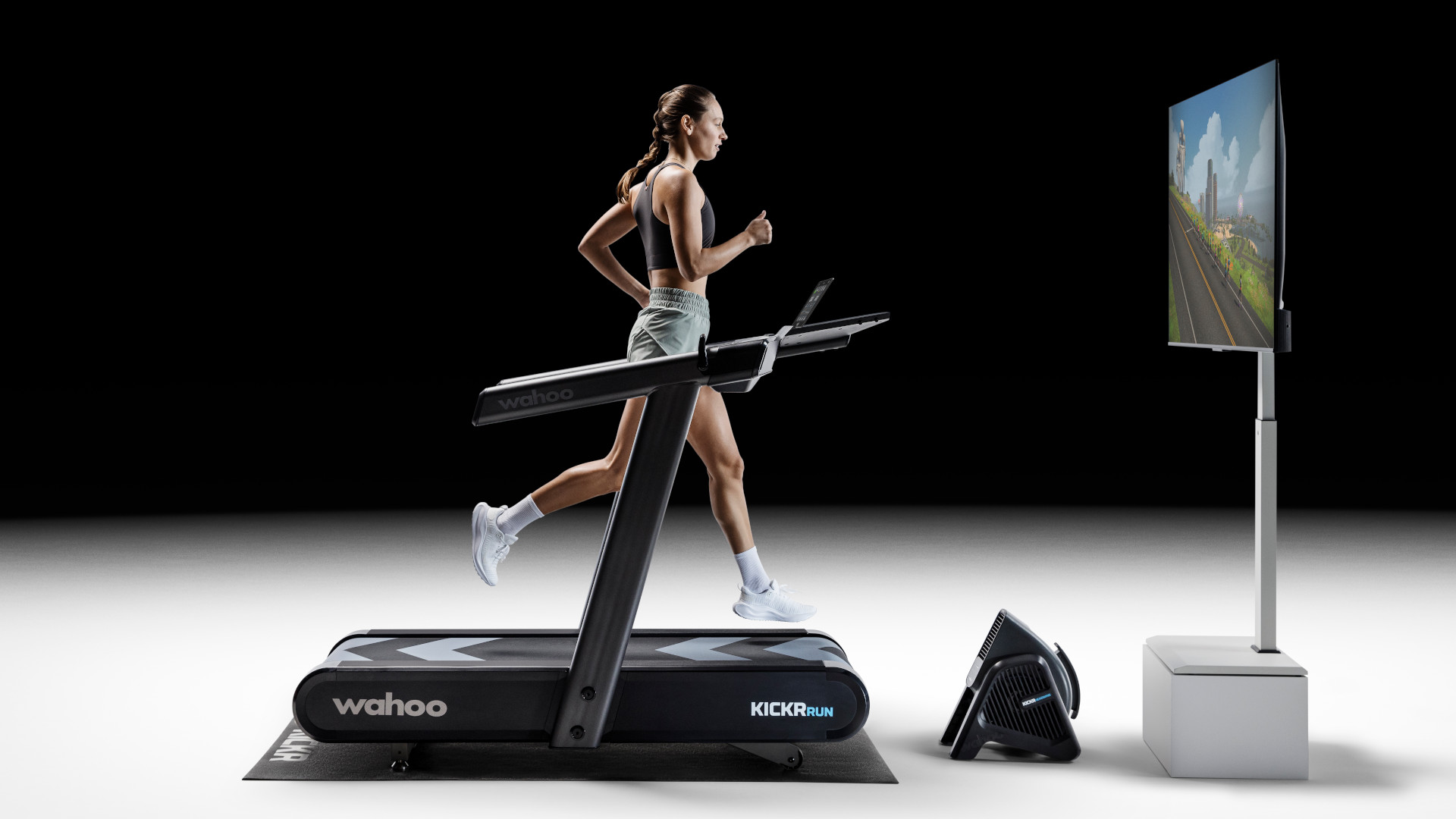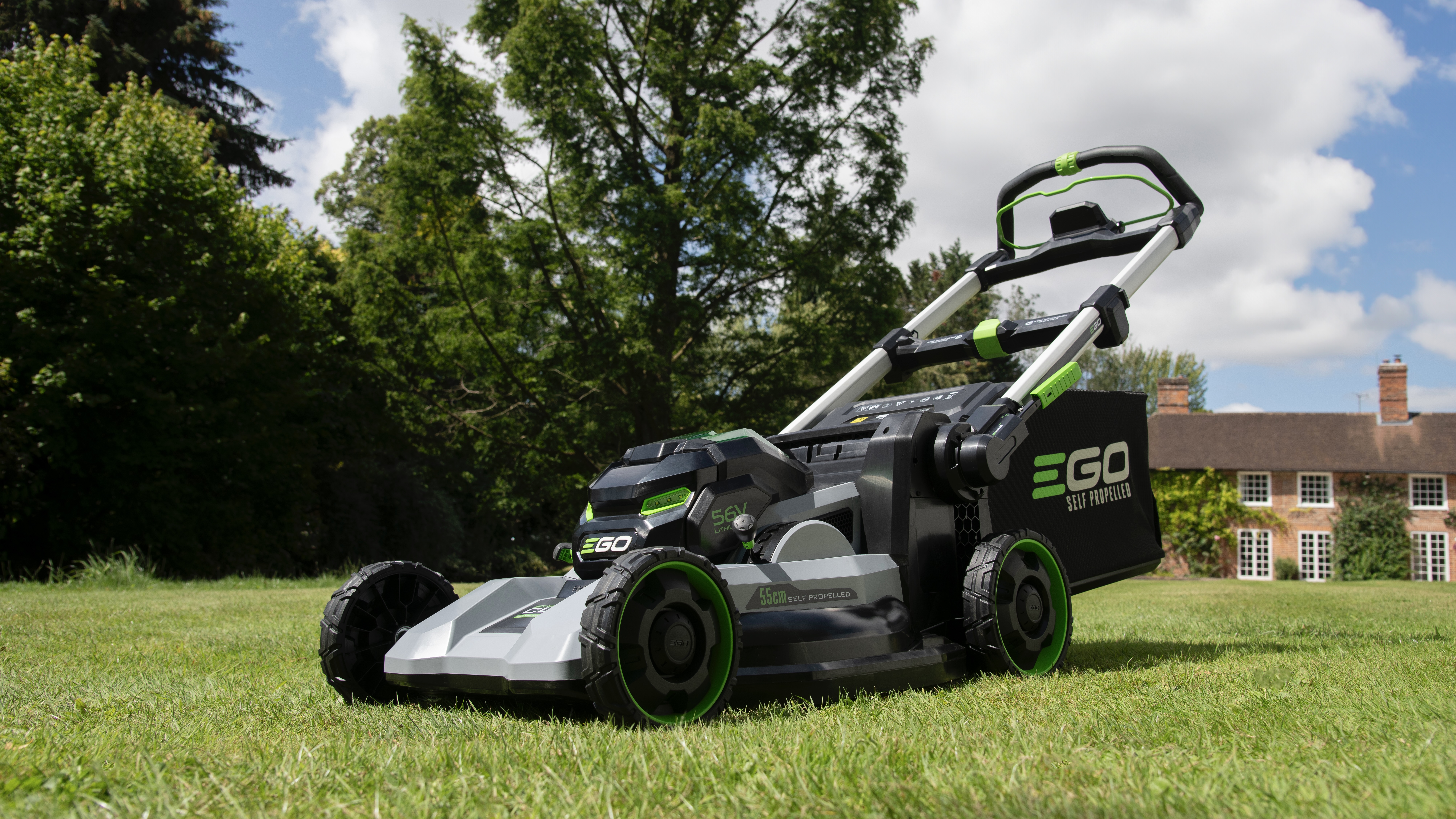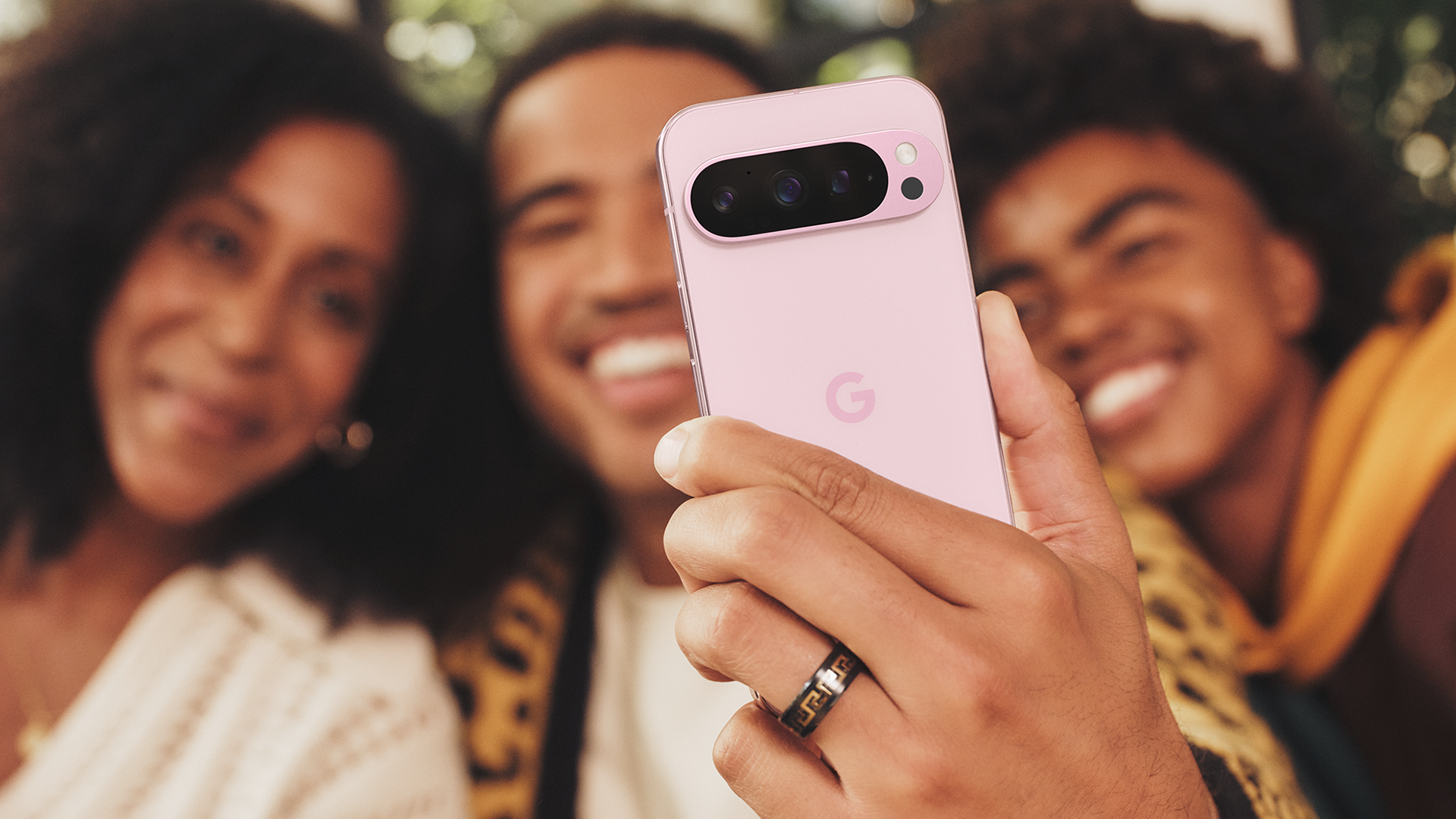
Quick Summary
Google has revealed three new phones for its 2024 line-up: the Pixel 9, Pixel 9 Pro, and Pixel 9 Pro XL – creating a size differentiation by offering 6.3- and 6.8-inch Pro models.
This is closer to a reverse pyramid of Samsung's approach to its flagship line-up, comprising the Galaxy S24, Galaxy S24 Plus, and Galaxy S24 Ultra – the S24 being 6.2-inch, the Plus 6.7-inch.
When it comes to the best phones, the Google Pixel series has long been up there – indeed, the flagship has won the T3 Awards Best Phone gong before – but the 2024 line-up sees a major change in Google's overall offering. This time the Pixel Pro comes in two size options.
At its summer Made by Google event, Google revealed that there will be three new Pixel phones – the smallest Pixel 9, at 6.3-inches; the same-size but higher-spec Pixel 9 Pro; and the largest Pixel 9 Pro XL, at 6.8-inches – in addition to the company's second-gen foldable, the Pixel 9 Pro Fold.
It's common for brands to offer a similar line-up, so this is Google bringing the fight to the likes of Samsung and Apple. The former of that pair has its 6.2-inch Galaxy S24 and larger 6.7-inch Plus model. Apple, meanwhile, sells the 6.1-inch iPhone 14 Pro and larger 6.7-inch iPhone 14 Pro Max, offering customers a choice.
It's clearly a model that's been working for customers – and Google cites demand as the reason for the two-size change. Previously the Pixel was the small model and the Pixel Pro the larger, not offering that middle-ground for those customers who wanted the power but not the size. The Pixel 9 Pro and Pixel 9 Pro XL share the same specs, save for the increase in scale, the larger display, battery capacity and charging speed of the latter model.
Pixel 9 v Pixel 9 Pro v Pixel 9 Pro XL
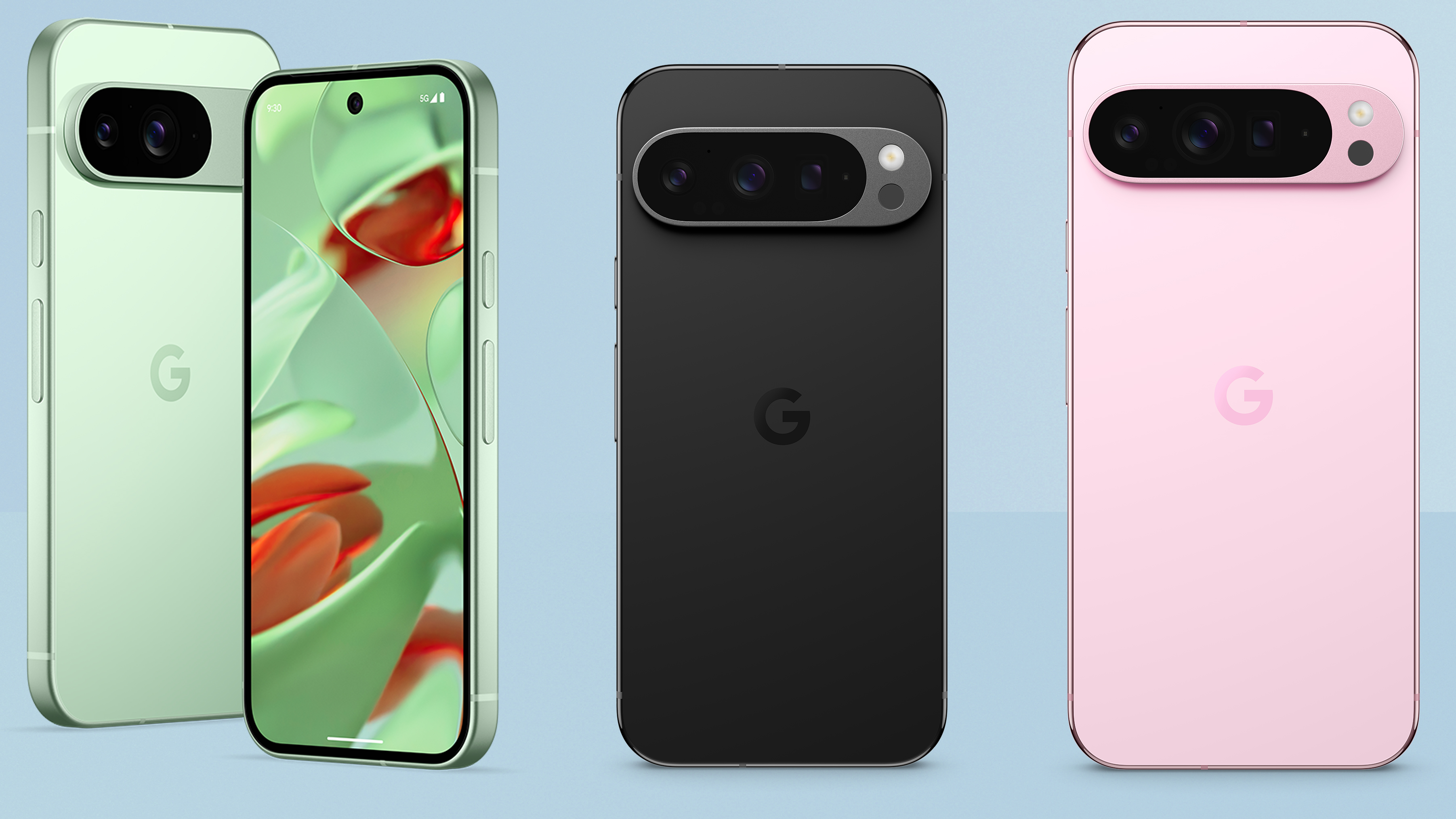
So what else can you expect of the 2024 Pixel line-up? There's a quick-glance comparison table below to highlight the key feature and specification differences, with a deeper dive in the text beyond:
| Row 0 - Cell 0 | Pixel 9 | Pixel 9 Pro | Pixel 9 Pro XL |
| Display: | 6.3-inch Actua (OLED), 1800-2700 nits | 6.3-inch Super Actua (OLED), 2000-3000nits | 6.8-inch Super Actua (OLED), 2000-3000nits |
| Resolution & Refresh: | 1080 x 2424 (422ppi), 60-120Hz | 1280 x 2856 (495ppi), 1-120Hz | 1344 x 2992 (486ppi), 1-120Hz |
| Processor & RAM: | Tensor G4, 12GB RAM | Tensor G4, 16GB RAM | Tensor G4, 16GB RAM |
| Battery & Charging: | 4700mAh, up to 30W wired | 4700mAh, up to 30W wired | 5060mAh, up to 45W wired |
| Size (WxHxD) & Weight: | 72 x 152.8 x 8.5mm / 198g | 72 x 152.8 x 8.5mm / 199g | 76.7 x 162.8 x 8.5mm 221g |
| Cameras: | Dual: 50MP main, 48MP wide | Triple: 50MP main, 48MP wide, 48MP 5x tele | Triple: 50MP main, 48MP wide, 48MP 5x tele |
| Selfie camera: | 10.5MP | 42MP | 42MP |
| Colours: | Obsidian, Porcelain, Wintergreen, Peony | Obsidian, Porcelain, Hazel, Rose Quartz | Obsidian, Porcelain, Hazel, Rose Quartz |
| Temperature sensor: | No | Yes | Yes |
All three models have a slightly different appearance this year, with the distinctive 'camera bar' design to the rear reduced into a more island-style bump which covers the majority of the rear – but not to the edge. That's the same on all three phones, except, of course, that the Pixel 9 is a dual-camera setup, while the Pro models offer a trio of cameras.
These cameras are almost identical to the Pixel 8 Pro predecessor, except for a new sensor being used for the 5x telephoto zoom, and Google claims its whole processing pipeline has changed for further improved images. The progress, therefore, seems to be software-driven.
Sign up to the T3 newsletter for smarter living straight to your inbox
Get all the latest news, reviews, deals and buying guides on gorgeous tech, home and active products from the T3 experts

Software is a key part of Google phones, of course, with the latest version of Android (plus support for 7 years of system, security and feature drops) appearing for all three of these Pixel handsets. Google's artificial intelligence (AI) via Gemini is baked in, too, and if you buy a handset before 15 November then you get a year of Gemini Advanced for free (£18.99/$19.99 per month value).
As per Samsung's advances with Galaxy AI, Google's AI is where many of the new Pixel phones' feature advances stem from. There are many: Pixel Screenshots can save, organise and recall information within images by asking questions via voice; Pixel Studio is an AI image-generator, which uses the company's Imagen 3 (large language model) for creative text- or voice-prompted creations; Call Notes can transcribe a call in real-time to your notes; and there are even more contextual Android app-based solutions to arrive in the future.

It's not all AI-based, though. The way Google has enhanced the design of each phone is an important factor. The screen bezel has shrunk, for example, giving an even more contemporary look and feel to take on key best Android phone rivals. Those screens are brighter than ever before too.
There's finally been some movement in fast-charging too: the Pixel 9 Pro XL can support up to 45W wired charging – although you'll need to buy the equivalent charger, as one isn't included in the box. The other two Pixel handsets offer 30W charging, so are a step down – presumably owed to battery capacity and Google's decision, like Samsung's, to go easy on fast-charging solutions. All handsets have Qi wireless charging too.
In terms of pricing, there's a change there too: it's increased year on year. The Pixel 9 will be priced from £799/$799/AU$1349 (128GB); the Pixel 9 Pro from £999/$999/AU$1699 (128GB); the Pixel 9 Pro XL from £1099/$1099/AU$1849 (128GB). On-sale date for all three handsets is 22 August, with pre-orders open now.

Mike is T3's Tech Editor. He's been writing about consumer technology for 15 years and his beat covers phones – of which he's seen hundreds of handsets over the years – laptops, gaming, TV & audio, and more. There's little consumer tech he's not had a hand at trying, and with extensive commissioning and editing experience, he knows the industry inside out. As the former Reviews Editor at Pocket-lint for 10 years where he furthered his knowledge and expertise, whilst writing about literally thousands of products, he's also provided work for publications such as Wired, The Guardian, Metro, and more.
-
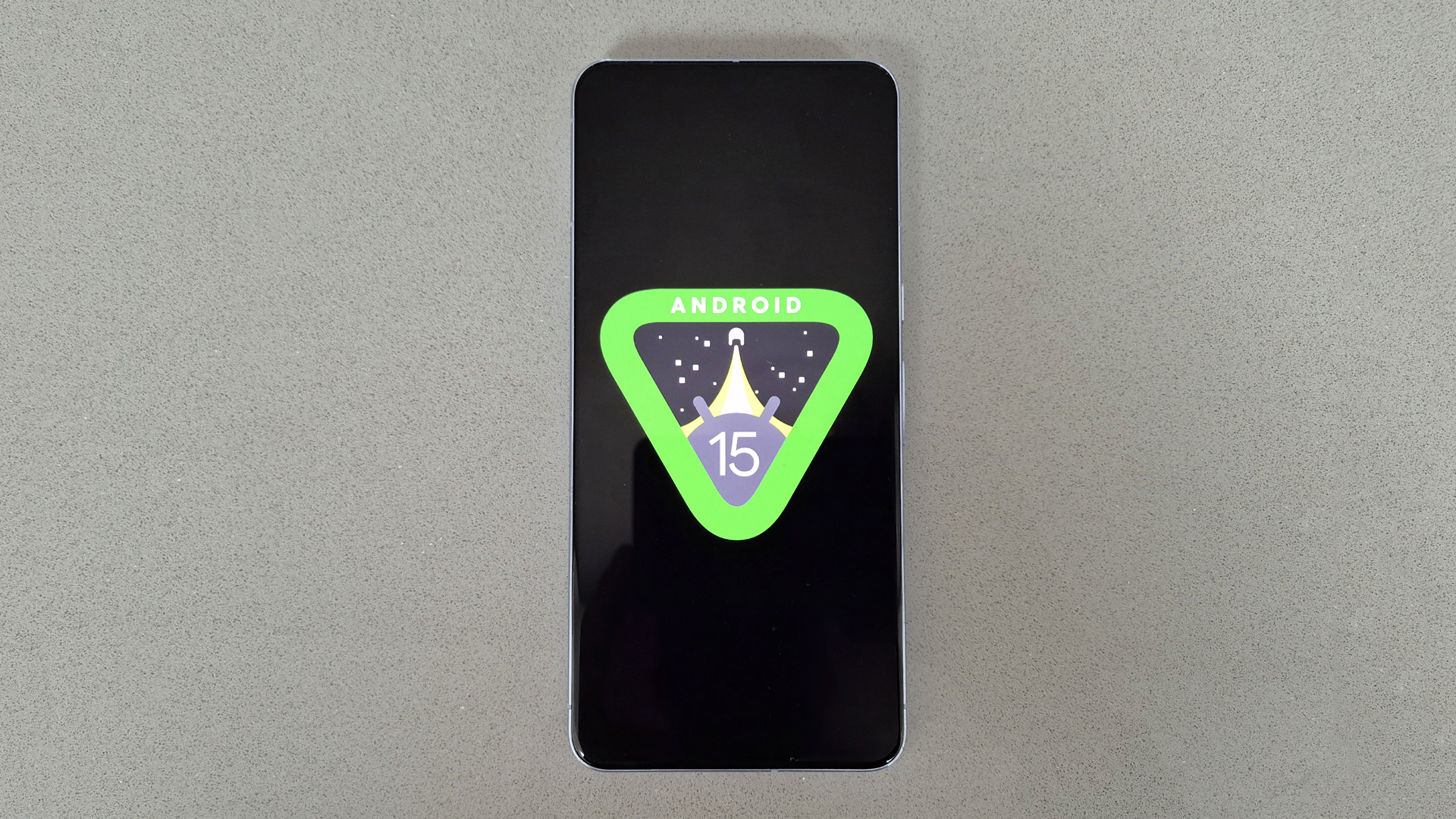 Google delivers bad news for budget Android phones
Google delivers bad news for budget Android phonesCheaper Android phones might need to change to meet new Google rules
By Chris Hall
-
 Apple's iPhone just did something it never has before
Apple's iPhone just did something it never has beforeThis is an unprecedented event for the iPhone
By Sam Cross
-
 Samsung hits pause on Android 15 rollout, but your phone might be lucky
Samsung hits pause on Android 15 rollout, but your phone might be luckyYour delayed Samsung One UI 7 software update could be delayed some more
By Chris Hall
-
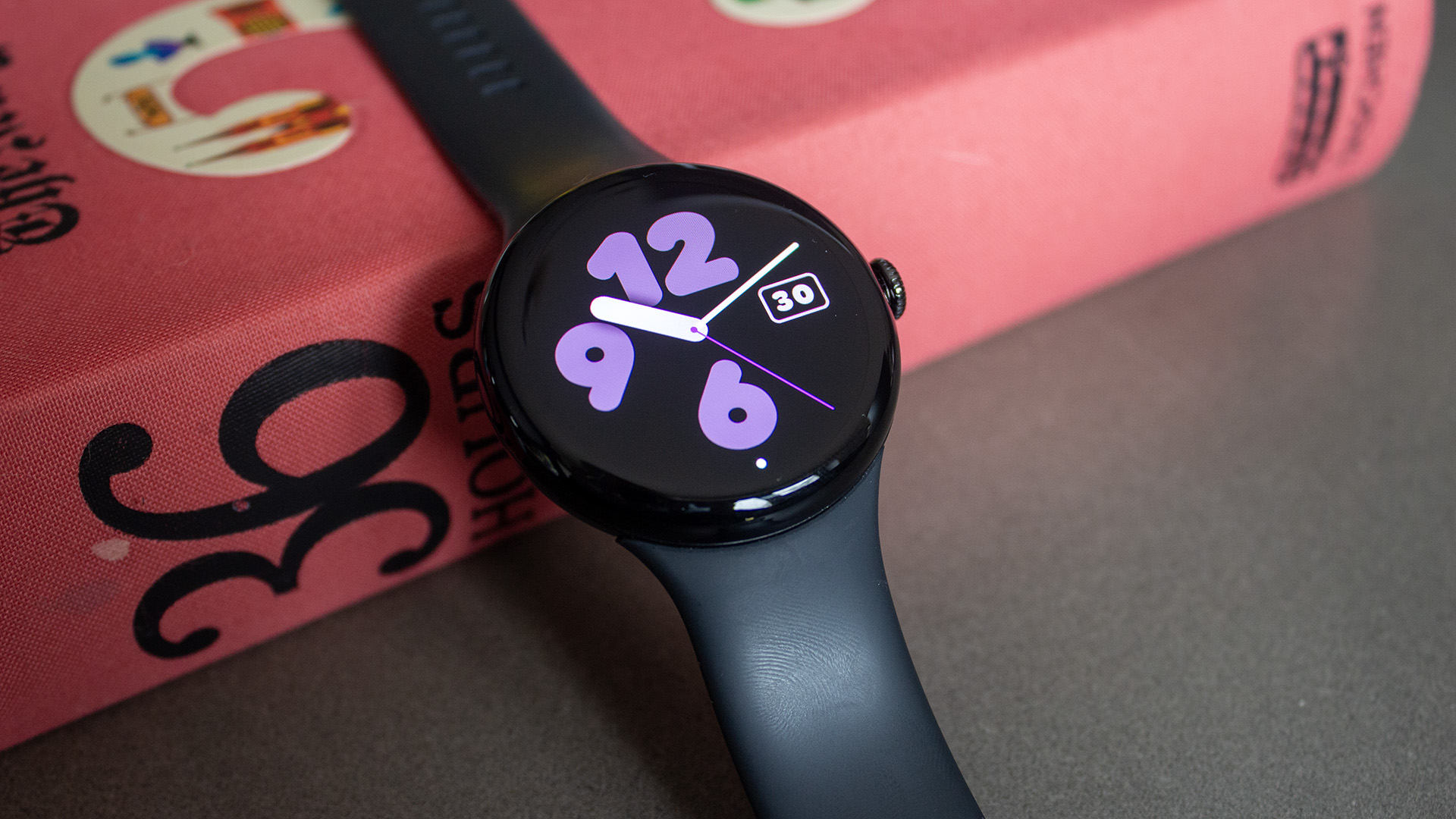 Google Pixel Watch 4 renders show a welcome design change
Google Pixel Watch 4 renders show a welcome design changeAnd one we're less thrilled about
By Britta O'Boyle
-
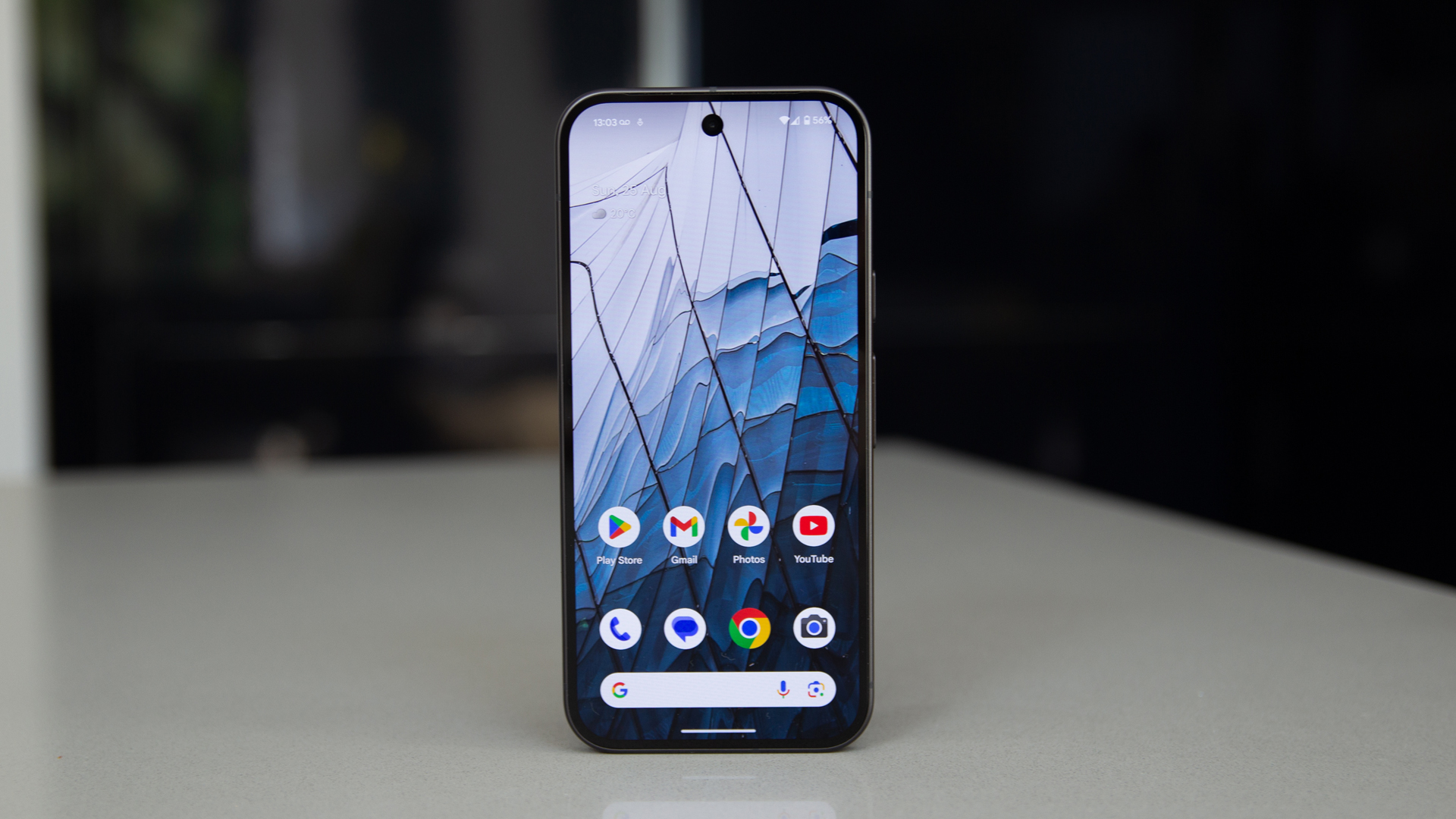 New Google Messages feature will make millions very happy
New Google Messages feature will make millions very happyIt's going to end a serious messaging blight
By Sam Cross
-
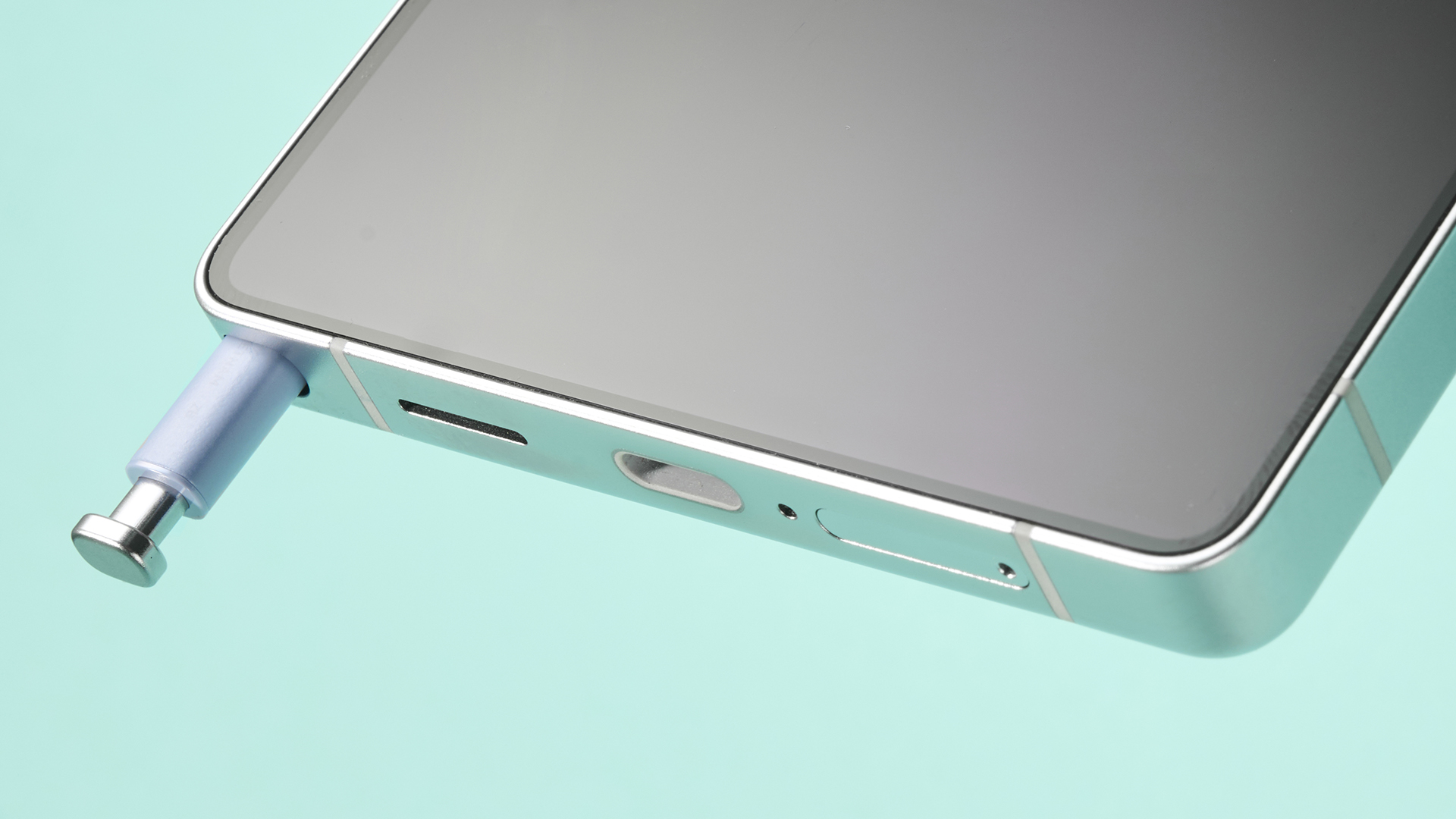 Samsung Galaxy devices could lose a unique feature after all
Samsung Galaxy devices could lose a unique feature after allThat's despite recent claims to the contrary
By Sam Cross
-
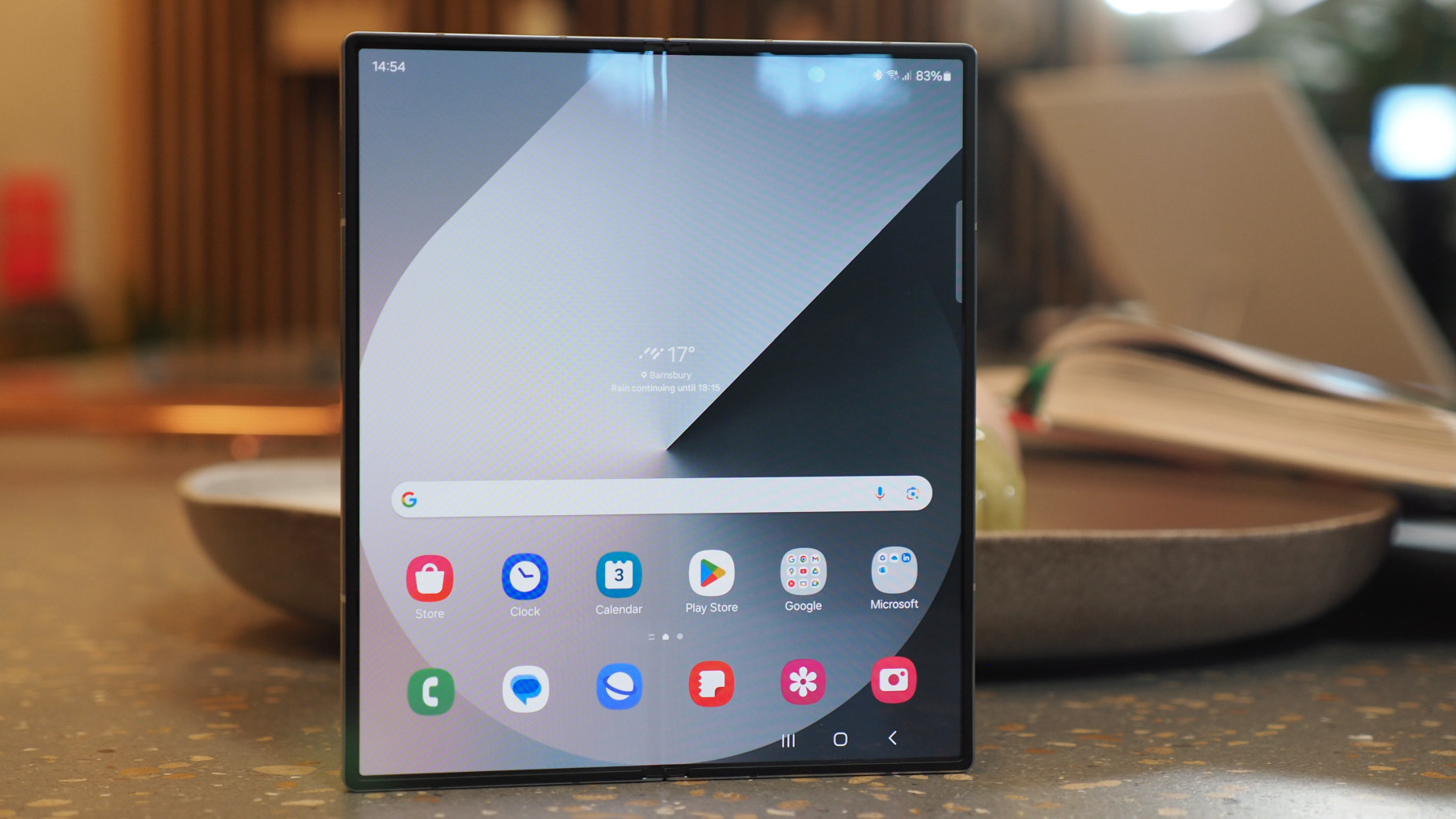 Samsung Galaxy handsets could get a massive free software upgrade as soon as this summer
Samsung Galaxy handsets could get a massive free software upgrade as soon as this summerThat's way sooner than expected
By Sam Cross
-
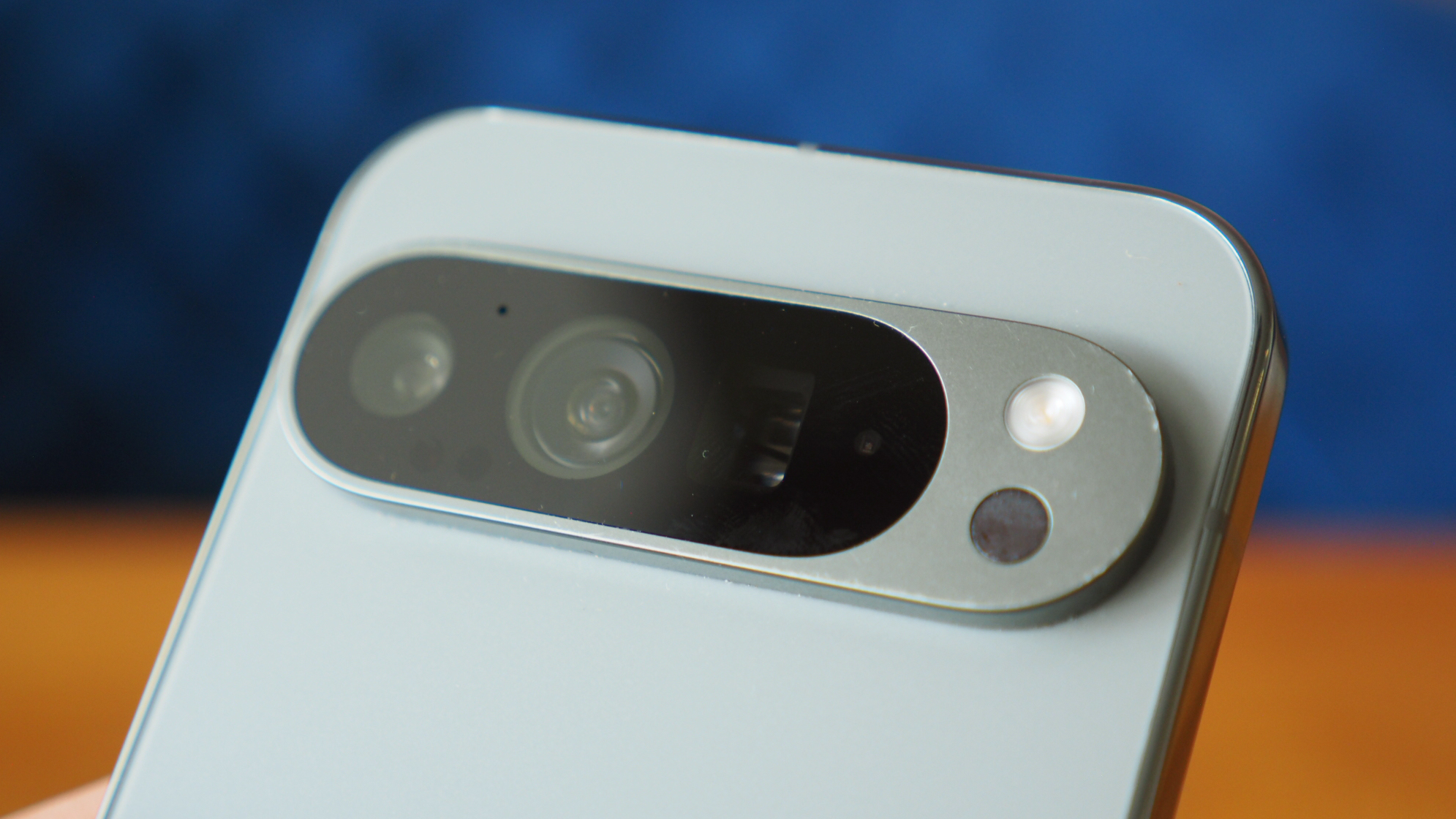 In an age of exciting upgrades, Google could downgrade the Pixel 10 instead
In an age of exciting upgrades, Google could downgrade the Pixel 10 insteadThere’s a change coming to the Pixel cameras and it could cause a stir
By Chris Hall
